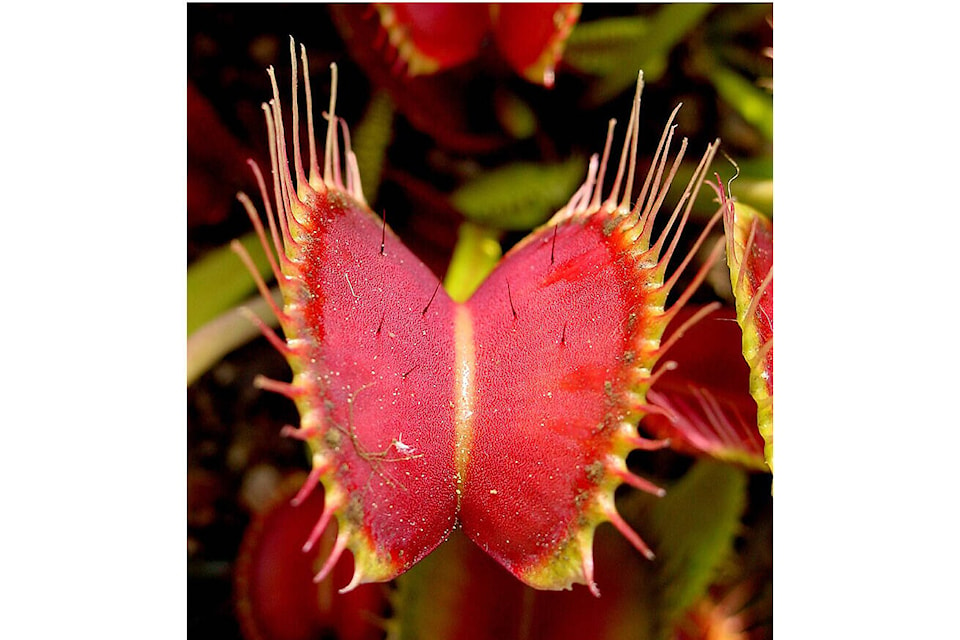BY ELLEN PRESLEY
Special to the Record
Looking for something a little different in your life? Try these three.
One of the most impressive plants is the Cardiocrinum giganteum (Himalayan lily). Although it’s confused with the lilium family because of its blooms, it’s actually its own genus because of its heart-shaped leaves.
This spectacular plant can grow 8-10 feet tall and has up to 20 or more stunning white, highly fragrant 12” trumpet blooms with burgundy throats. It takes seven years to bloom from seed, but the wait is worth it.
Once it blooms it will continue to form a small grove of plants that will keep blooming on and off for years.
This woodland plant (native to the Himalayan mountains) prefers part shade, deep humus-rich fertile well-drained soil and protection from slugs. The straight sturdy stalks are 2” thick and hollow. (They are used by the Nepalese for irrigation.) Once it has bloomed, the mother plant dies and it creates bulblets that may take four to five years to flower. We have plants available that are already several years old.
An incredible plant for the seasoned gardener or those who are patient enough to watch it grow.
An unusual plant is the Sarracenia purpurea (pitcher plant), a carnivorous plant with large reddish flowers that bloom from late spring to midsummer. It is a very hardy (Zone 3) plant, prefers partial shade and needs consistently moist soil - perfect for the bog garden.
It does not need fertilizer as it feeds itself by trapping and killing insects.
It is a fascinating plant that lures its prey (insects) by its attractive leaf colour and sweet scent.
Once the victim tastes the enticing liquid, it becomes paralyzed by the nectar and falls down into a digestive fluid where it will decompose. The nutrients will then get absorbed by the plant. David Attenborough does a wonderful documentary on carnivorous plants.
Which brings me to my next plant, the Dionaea muscipula (Venus fly trap) which is fun! Another carnivorous plant but this one actively closes its ‘trap’ on its victim.
Right out of the Little Shop of Horrors, you can watch this plant devour its prey. A native to North and South Carolina it eats insects and arachnids. The Venus fly trap has a jaw-like clamping structure with tiny hairs at the end of the plant’s leaves.
When an insect makes contact with the open leaves, the vibrations from the prey’s movements trigger the jaws to shut.
Once the insect or spider touches one of these hairs, the trap prepares to close, fully closing when a second hair is triggered within 20 seconds of the first contact. Trigger occurs within 1/10 of a second.
The plant will only begin digestion after five more stimuli. It is so cool to watch. (Be careful not to trigger the plant without prey as you will starve the plant and kill it.)
If you are interested in gardening and want something a little different, or perhaps a challenge, try one of these. Nature is never boring. There are always new plants to discover.
Happy gardening!
Ellen Presley is the owner of Anderton Nursery



